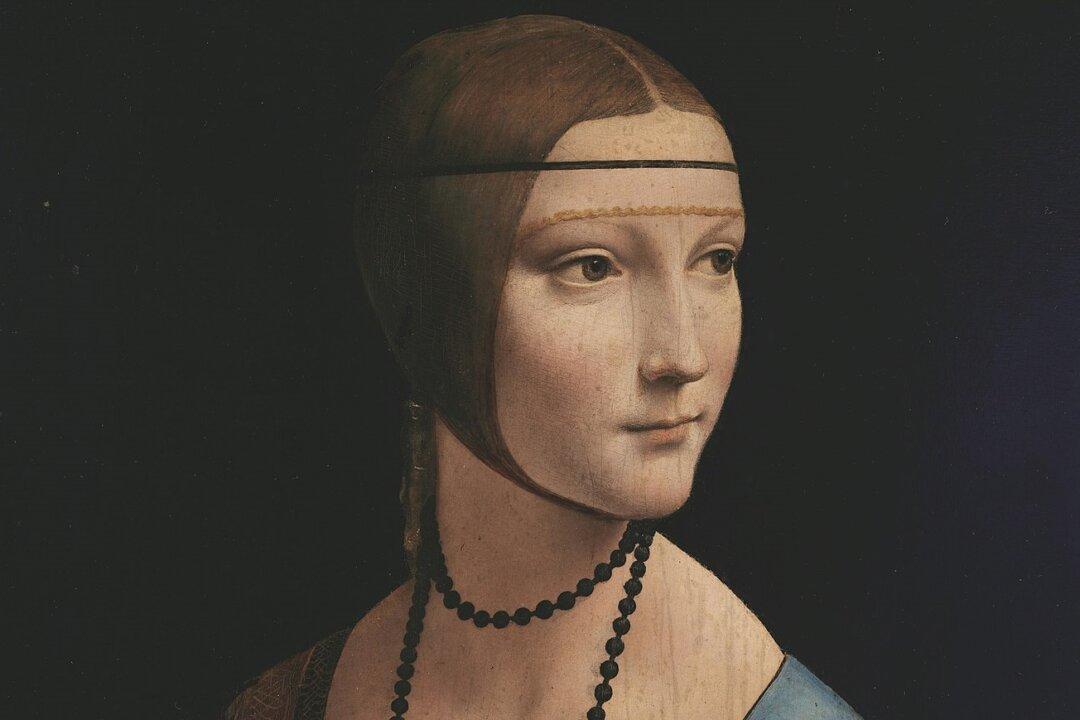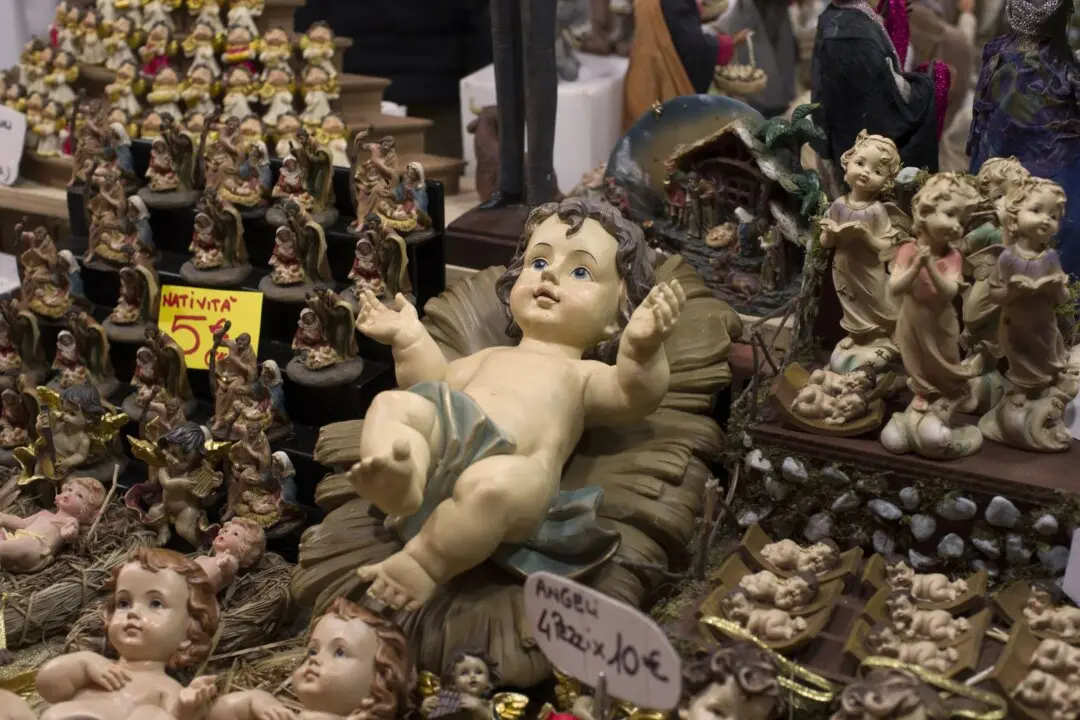Without knowing the language of Renaissance art or the customs and etiquette of the day, anyone viewing Leonardo da Vinci’s painting “Lady With an Ermine (Portrait of Cecilia Gallerani)” might find it a little odd. It’s of a lady embracing a stoat (an ermine).
In its time, Leonardo’s portrait of Gallerani spoke volumes without uttering a word. Instead of syntax, Renaissance painters like Leonardo carefully strung a series of motifs together that portrayed their subjects’ status, character, and virtues. Renaissance viewers recognized this visual language of art, regardless of the language they spoke.






